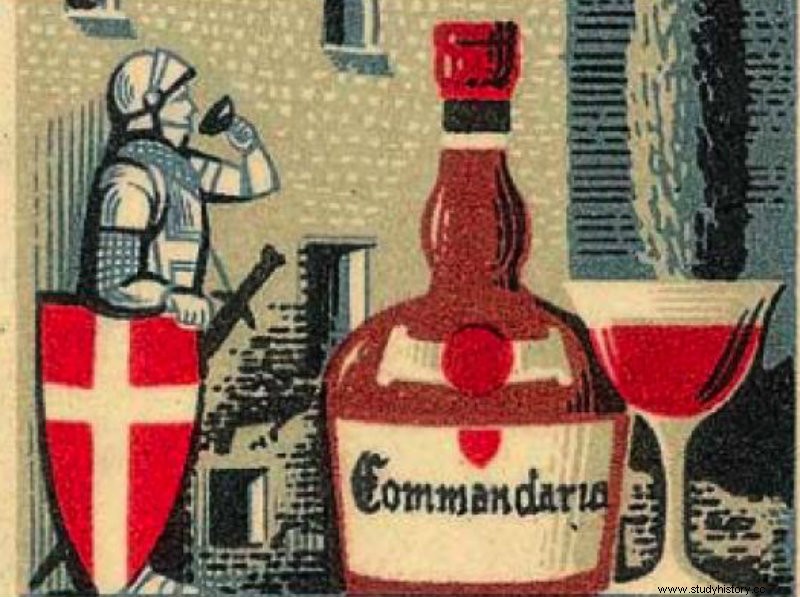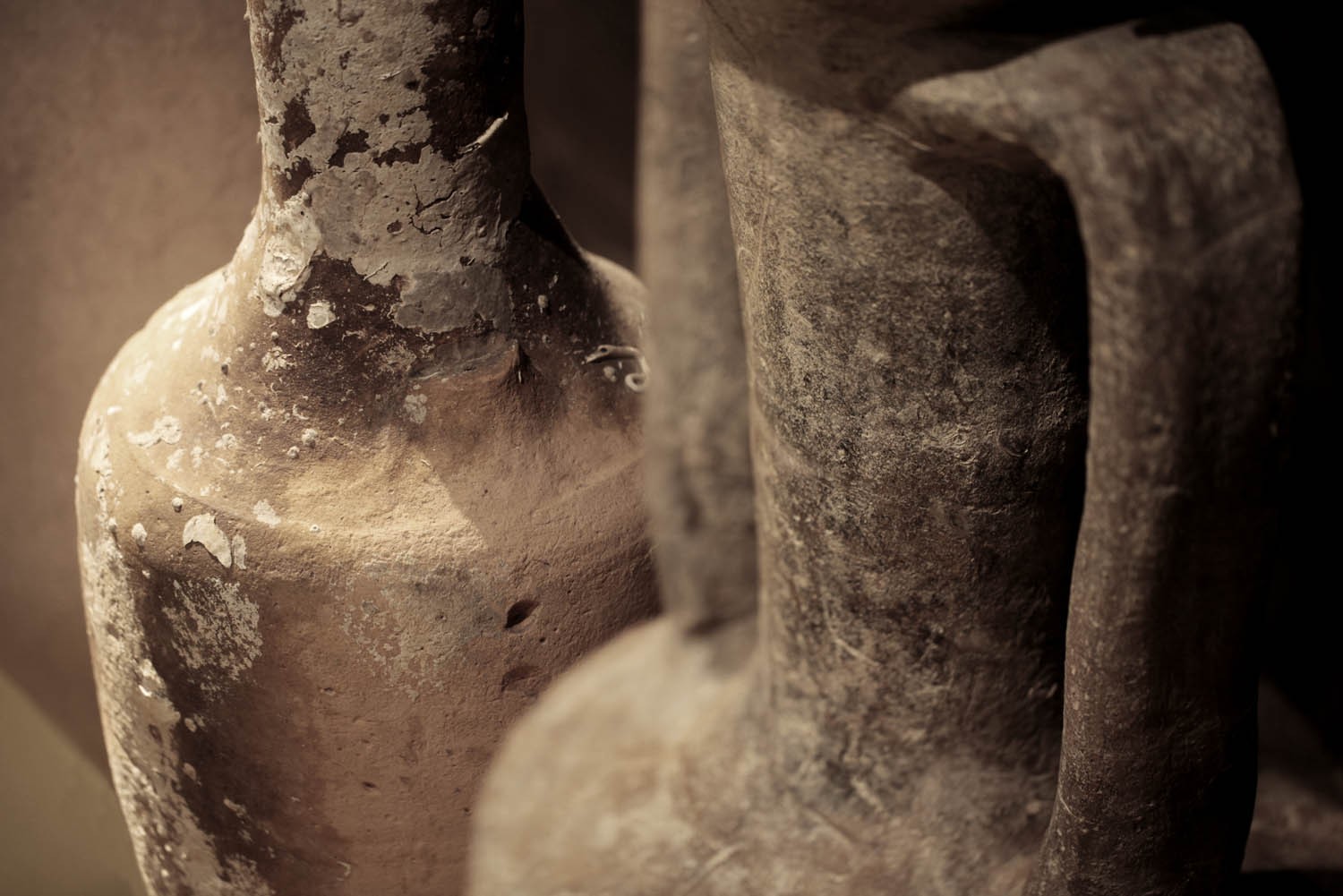As the Latin saying goes "De gustibus non est disputandum ” (“there is no dispute about tastes” or its equivalent “there is nothing written about tastes”), it is difficult and risky to qualify a product as the best, and even more so when the product we are talking about is wine… Antiquity. So, in the absence of reference guides such as Peñín or Parker and using the classic texts, I would dare to classify the Commandaria as the best wines of Antiquity. and the Falerno .
You will agree that Commandaria, a wine that was made for the first time 5,000 years ago and is still being produced today, must have something and should be included in this article -according to the Guinness Book of Records it is the most ancient of the world. Comandaria is a deep amber sweet dessert wine made from grapes sourced from the foothills of the Troodos Mountains in Cyprus. After the harvest, the grapes are left in the sun for ten days to increase the density of their sugars, and as they age in oak barrels -the custom of doing so in clay pots has been abandoned- their viscosity and sweetness intensify. Logically, a wine this old has been a spectator and protagonist of many stories.

In 1191, on the occasion of the wedding celebrated in the chapel of Saint George in Limassol (Cyprus) between Richard the Lionheart and Berengaria of Navarre, Commandaria was served and the words of the King of England left no room for doubt...
It is the wine of kings and the king of wines
From the end of the 15th century, the island of Cyprus was under the rule of the Republic of Venice, becoming one of the most important commercial centers in the Mediterranean. Almost a century later, the sultan Selim II seized power in the Ottoman Empire. . He always showed more concern for poetry, good eating and, above all, good drinking, than for the arts of politics. His addiction to the Commandaria reached such a point that, according to legend, to ensure his supply he decided to invade Cyprus in 1570. The reaction of the Christian community was immediate:the Holy League was created and they faced the Empire Ottoman at Lepanto. Despite the victory of the League, led by Don Juan of Austria, Cyprus remained under Ottoman rule for three centuries. Although the fact that he was able to invade Cyprus for wine may seem frivolous, the reality is that Selim II has gone down in history with the nickname of “ the Drunkard ”And, furthermore, he died as he lived:due to a huge drunkenness he fell down and died hitting his head. So, it wouldn't be strange either.
And what about the Falerno? Due to the scarcity of its production and the fact that it liked to be consumed after several years of aging, Falerno was the most expensive wine that only the elite could afford... (graffiti found in Pompeii)
For one ace you can drink wine,
for two you can drink the best,
and for four you can drink Falerno.
Coming from vines grown on a small strip of land around Mount Falerno, also called Massico, in the Campania region south of the city of Naples, it was also a sweet, high-alcohol white that was left to age for dozens of years. in clay amphorae.
No other wine ranks higher today. […] Three varieties are distinguished:Falerno Caucino that grows at the top of the hill, Falerno Faustiana halfway up the hill, and Falerno at the bottom. (Pliny the Elder in Natural History)
Why are you late, boy, in pouring the immortal Falerno? (Martial in Epigrams)
There are kinds of wine, among them that of Falerno, such that the more years they are kept, the more profit they produce when they are taken out. […] What is necessary for our needs that in Italy not only is it not born but that it does not even become excellent? What flour will I compare with that of Campania? What wheat with that of Apulia? What came with the one from Falerno? What honey with Talent? What oil with that of Venafro? (Male in Rerum Rusticarum)

We even have data on what is considered the best vintage in history, the Falerno opimiano , named after the Roman consul Opimius, from 121 B.C. It is said that Julius Caesar, to celebrate his triumph in Hispania, gave a banquet in which Falerno was served from this vintage -he was already 60 years old-, and even that Caligula liked to wash down his orgies with this wine... 160 years old (? ?). In August 79, with the eruption of Vesuvius, most of the vines were lost. Although attempts were made to replant, the production from that moment was very scarce, becoming almost a cult or collector's item. Through the Edict of Diocletian in 301, a price of 30 denarii was set for a sextarius (half a book) of Falerno, when the rest of the wines were between 8 and 16.
And to finish off the excellence of this wine, we should mention Galen , personal doctor of emperors and whose precepts set trends for centuries. The star product of this doctor was the Triaca de Galen , a preparation made up of dozens of ingredients, which was used as an antidote for poisons and as a medicine to cure numerous diseases. In addition, he advised to accompany his miraculous remedy with wine, considering it also as a medicinal remedy. So, being the doctor of Emperor Marcus Aurelius, he decided to undertake the search for the best wine in the world...
Since everything that is best from all corners of the world finds its way, within excellence the best must be chosen for the greatest among them. So, in fulfillment of my duty, I deciphered the vintage indications on the amphorae of all Falernian wines and submitted to my palate all those that were over 20 years old. I continued until I found a wine without hints of bitterness. An old wine that had not lost its sweetness is the best of all.
We don't know the vintage of that wine, but it was... Falerno.
Originally published in Vivanco
